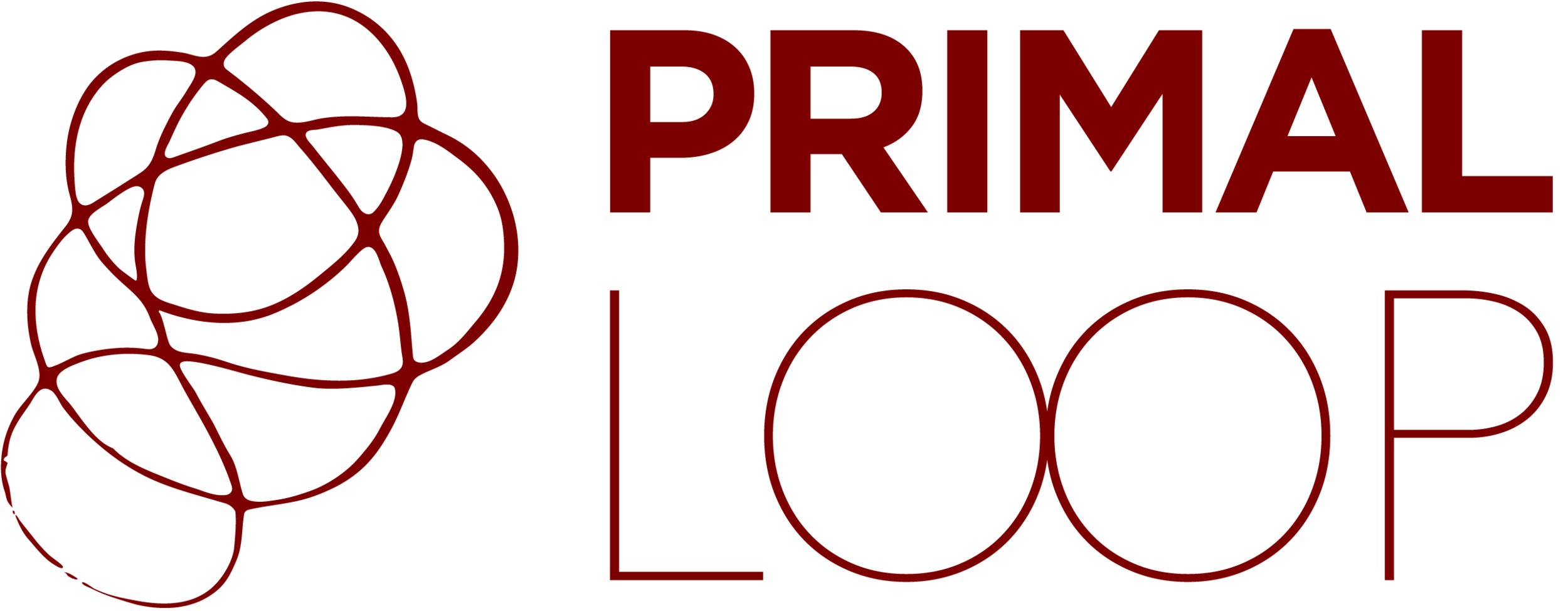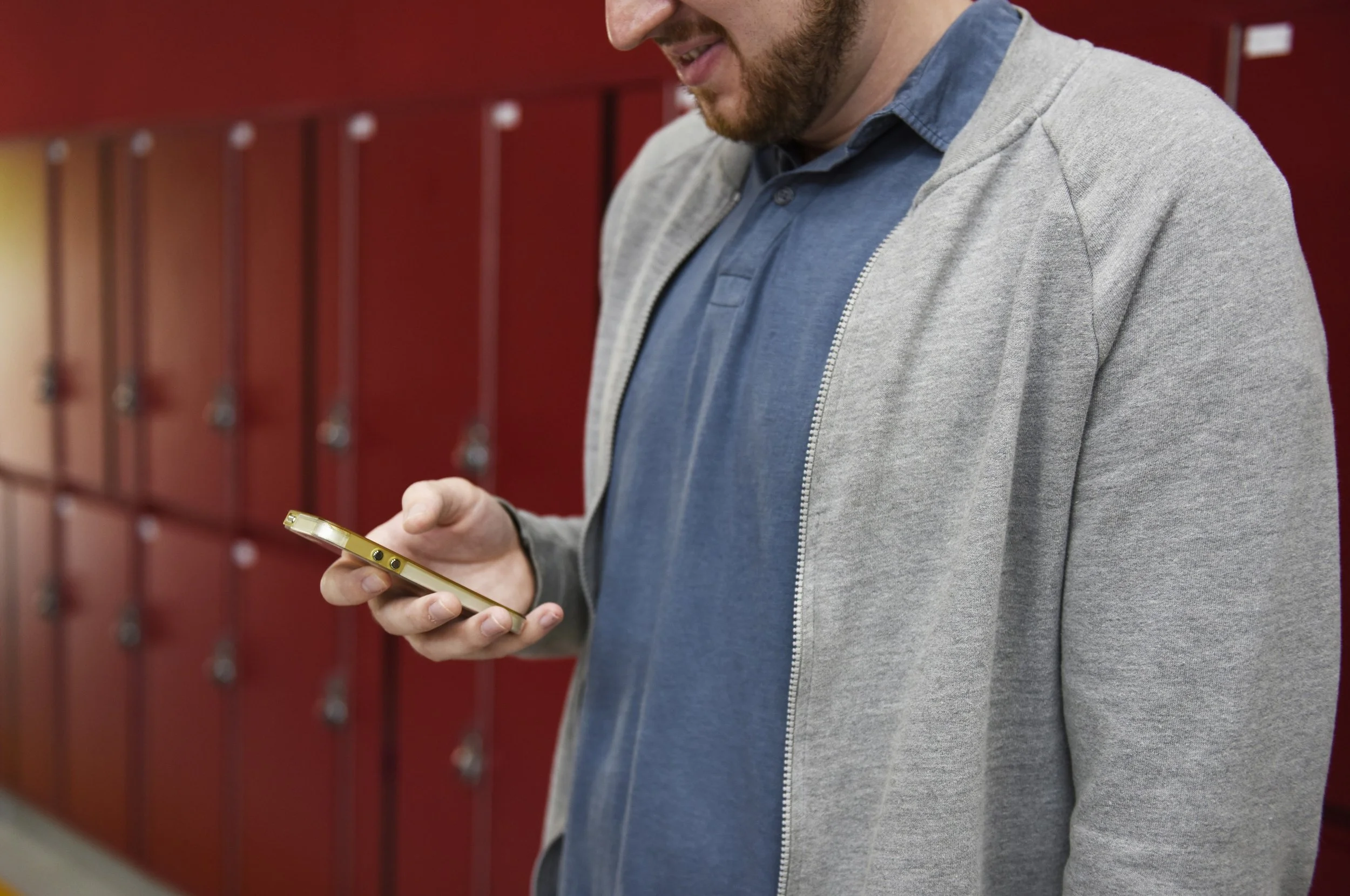Designing the User Experience: How to Build a Box of Crayons Instead of Hiring a Bag of Pens
Finding design talent is not really that difficult, but getting said talent excited about the work and the culture that supports them can be challenging.
I once had the opportunity to hire and assemble a full design team, which was to become the new creative branch of the organization. I wanted to make this team’s experience memorable.
But what determines the makeup of a great team?
The best teams are formed by creating a multidisciplinary environment in which each participant brings a unique voice and experience to the table. The environment that makes a team’s experience memorable emerges from mutual respect, curious encouragement, thought diversity, and disciplined skill application.
We assembled a team of five designers with support from two copywriters and offsite contractors. Our designers were from different disciplines: industrial design, human-computer interaction, graphic design, and branding design. Each designer demonstrated a unique set of skills, so during team interactions we were able to view the same problem from different perspectives. We were, in essence, a box of crayons, rather than a set of monochromatic pens.
And what makes a working experience memorable (in a positive way)?
One afternoon during lunch, we discussed our individual opportunities and side projects, ones that related to learning new tools and techniques or delving into design literature. We agreed that many of these opportunities seemed to go away when we transitioned out of an academic setting and into the professional world. It felt as if, upon graduation, we traded our inquiring minds for the monotony of solving predictable problems, engaging in disengaging activities, and going through our day ticking boxes on the to-do list. We had begun to feel trapped.
We wanted to change this, so we devoted an extended lunch every other Friday to discussing topics within anthropology, psychology, social trends, and technology. Word of our project quickly spread throughout the company, and soon we were discussing wearable technology—not only from the view of designing the user experience but also from the opportunities that existed in other departments. Our peers wanted more: More ways to explore design thinking, more ways to understand prototyping, and more ways to participate and get involved.
Unconventional thinking yields above-average design
During our Friday sessions, we discussed Google Venture’s Design Sprint and the opportunity to evaluate the tool as a prototyping option. We set out to explore its potential on a low-risk project: the redesign of a new company blog. By dividing into teams we were able to research, conceptualize, prototype, test, iterate, and retest a brand new design in five hours, five people for one hour per day for five days. The result was beyond what we had expected. We were sold, and in the process we found a new way to incorporate other departments into the design process.
Unconventional thinking in terms of team structure (crayons, not pens!) can help achieve the forward motion you want to solve design challenges. Wondering how to attract a diversity of talent to build your teams? Rest assured, if you have a forward-thinking attitude and celebrate inquiry and creativity, motivated talent will find their way to your organization.





